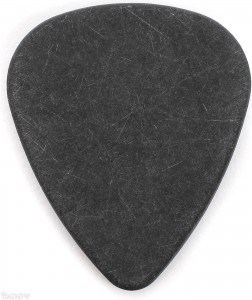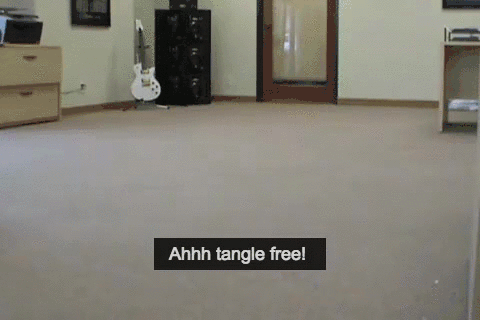The right sound for any instrument can take a piece of music to the next level. Having the right tone can make all the difference when writing, or performing!
It can be just as inspiring as having the right instrument. Being an electric guitar player, we have access to so many tonal options, from guitars, to pickups, to strings, to amps and effects, and so much more!
Here are some tips and tricks of the trade, to get your guitar sounding just like the pros.
1. FRESH STRINGS
A fresh set of strings on any guitar will instantly give your tone some new life! As your strings age, the natural oils form your fingers corrodes the metal and dampens your tone over time. This results in a duller and darker sound. Simply changing your strings will be sure to brighten and thicken up your sound!
2. Proper Setup
Having your guitar properly setup will not only make it easier to play, but it will sound better as well. When you take your guitar to be setup, the technician will adjust your guitars intonation. Adjusting the intonation entails moving the saddles where the strings sit on the bridge, making sure that the distance of the string to the nut to the 12th fret, is the same as the 12th fret to the saddle.
When your intonation is set, the guitar will be in tune on every fret up the fret board. If you have ever tuned your guitar, and gone to play a bar chord up on the 5th or 7th fret and noticed it is out of tune, this is why. A guitar that has not had the intonation done will also drive any recording engineer crazy!
3. THE RIGHT AMP!
Your amp plays a massive role in the tone of your guitar. Match your amp to your gig or style of music. You wouldn’t use a super clean Fender amp to play a metal gig, just like you wouldn’t use a Peavey 6505 to play jazz!
Find out what types of amps your favorite players are using, try them out and see what sound suits your needs as well what sounds best with YOUR guitar/pedal setup. Another important factor when choosing an amp to take into consideration is the size.
Be sure to match the size (Wattage) to the size of venues that you will be playing. If you have a 100watt amp and are playing little clubs or bars, you will never be able to turn that amp up and get the tone that it is meant to/you want it to produce.
This is especially true when it comes to valve amps because the tonal characteristics change drastically the louder and harder you push the valves.
4. VOLUME KNOB
Using the volume knob on your guitar may seem unimportant, but this is a little tool that can make your playing much more expressive! A lot of guitar players tent to ignore this trick, but it can be used to manipulate the way your instrument interacts with your amp. Great for different effects or just to clean up your tone, play around with it and see how it affects your personal setup.
5. GOOD CABLES
Buying good quality guitar cables will also help to improve your overall sound. The sound of a great guitar through a great amp can be defeated by poor cables. The most common issues with cheap cables is added buzzing, noise and dulled high end frequencies. To keep your guitar sound full and true, don’t be afraid to splash out on a good quality cable! Chances are it will last much longer as well.
6. PICK THE RIGHT PICK
 Another seemingly small piece of your setup that can make quite the difference is your pick! Choosing the right pick can have a great impact on your tone. Different picks can brighten up, or dull your sound. Finding the right gauge and material pick for you will also make your instrument more comfortable and easier to play.
Another seemingly small piece of your setup that can make quite the difference is your pick! Choosing the right pick can have a great impact on your tone. Different picks can brighten up, or dull your sound. Finding the right gauge and material pick for you will also make your instrument more comfortable and easier to play.
7. EFFECT PEDALS
Finally, your effects. When it comes to effects pedals, it is very important that you have them in the correct order in your signal chain. The key note to remember when stringing your pedals together is that you always want to have your tonal effects first, (Overdrive/Distortion/Fuzz), followed by time based effects, (Chorus, Tremolo, Delay). This will keep your sounds clean! For example, if you were to place a delay pedal before a distortion, the sound would just become a big noisy wash. It is good to experiment with the order of your effects and see what sounds best in different spots in your signal chain, but tone followed by time is the general rule of thumb.
There are many more factors that can affect the sound of your guitar, but following these tips and tricks will be sure to put you ahead of the game and have you sounding like a pro in no time!




